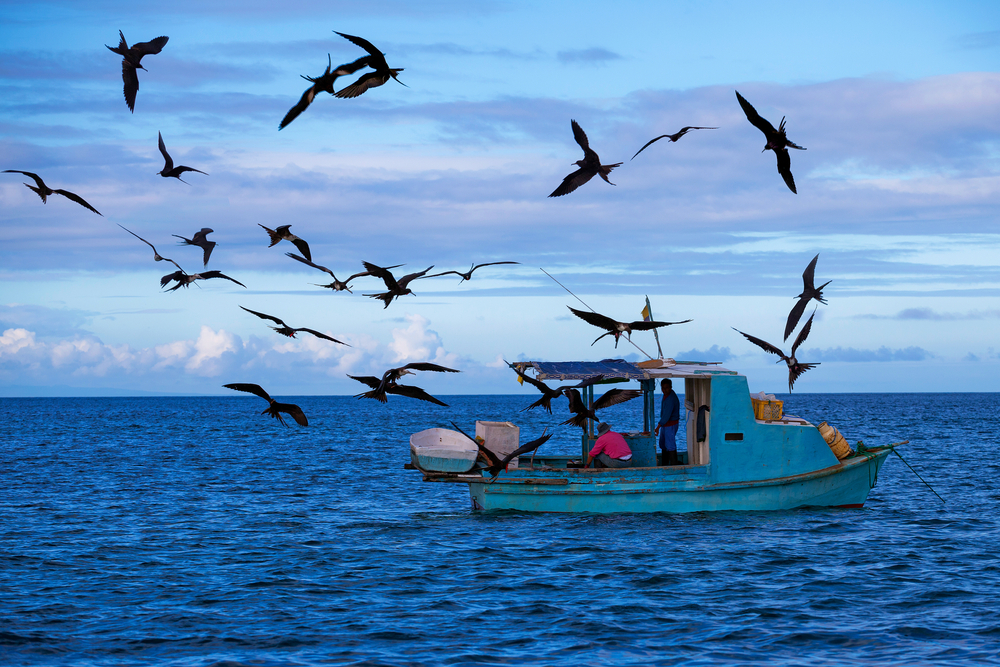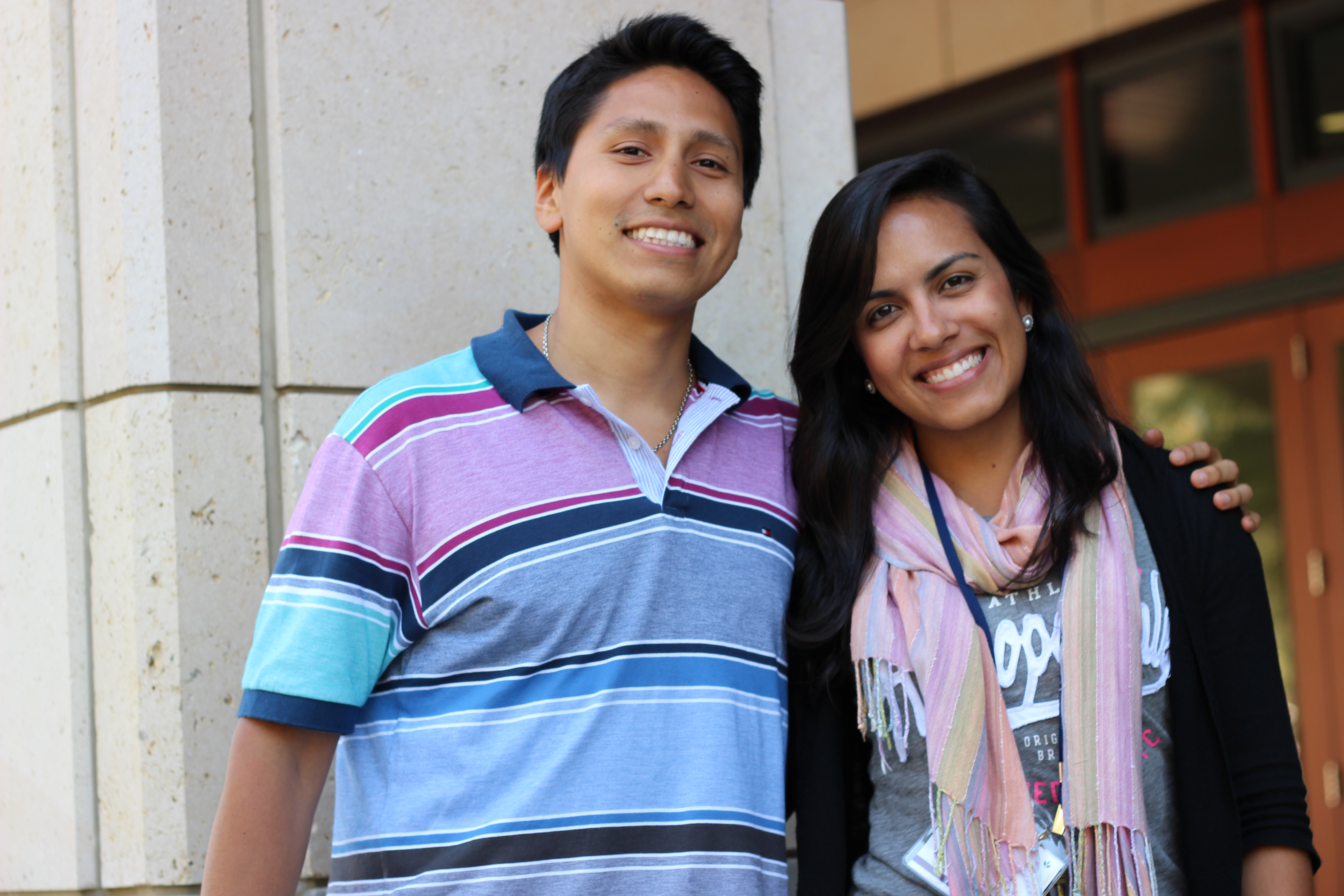News
The outdoor pavilion in the center of Mimpi Resort Menjangan rang with shouts of “Potatoes! Very Cheap!” “$6 a bag! Who will sell for 6?” “Cheapest in town! Come see my potatoes!” “Who wants to make a deal?” And our course on Economic Tools for Marine Conservation in Indonesia was underway. Twenty-two participants from institutions around the country were engaged in their first economic game, experiencing the principles of microeconomics by participating in a market, and working towards an equilibrium price for a sack of potatoes.
CSF International Course graduate Prakash Mani Sharma, Executive Director and Senior Advocate for Pro Public, wrote to us last month with some stunning news. On April 16th, 2015, the Supreme Court of Nepal set a precedent in the area of environment protection by ordering the closure of the mining company, Godawari Marble Industries. This decision is the result of over a decade of litigation by Pro Public to protect the 330 species of butterflies, 254 birds, 80 tree varieties, and 571 types of fruits in Godawari and the Phulchowki hills near the mine.
Photo credit: Fernanda Preto
There’s no Wikipedia page so you can be forgiven for suspecting that I’m making it up. But Conservation Economics is actually being practiced by a bunch of serious people engaged in one of the most profound challenges of our time - averting massive losses in the diversity of Earth's life forms. So if it doesn’t exist, it’s time we brought it into being. Here goes:
Por: Claudia Ochoa, colaboradora
La tercera semana de enero visitamos la Amazonía peruana para avanzar con los preparativos del curso Herramientas Económicas para la Conservación en la Amazonía Andina: Manejo de Recursos Naturales y Sostenibilidad Financiera en Áreas Protegidas que se llevará a cabo en la ciudad de Iquitos entre el 9 y 20 de marzo del presente año.
Conservation Strategy Fund is accepting applications for our International Economic Tools for Conservation Course! Now in it's 17th year, our flagship course will be offered August 10-21, 2015 at Stanford University.
CSF presenta la tercera publicación del programa Investigaciones Económicas Aplicadas para la Conservación en la Amazonía Andina:
During the two-week training, instructors from CSF, Oregon State University, the University of Brasilia, and Cambridge Resources International led an intensive schedule of lectures, exercises, and games to give participants insight into the economic drivers of environmental problems and the economic and policy tools that can lead to effective solutions. Topics included Microeconomics, Natural Resource Economics, Environmental Policy and Valuation, and Cost-Benefit Analysis. Each participant came away with a clear understanding of how these topics relate to their work in conservation, policy, and analysis.
The 2014 Brazil Economic Tools for Conservation course was held July 28 and August 8, 2014 at the Serra do Cipo, Minas Gerais.
CSF's Economic Tools for Conservation, a well known and renowned course among conservation professionals around the world, provides participants with skills in economic analysis on which to build more efficient and effective strategies for environmental conservation.


